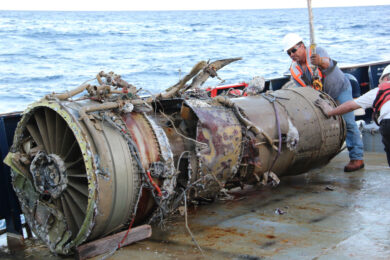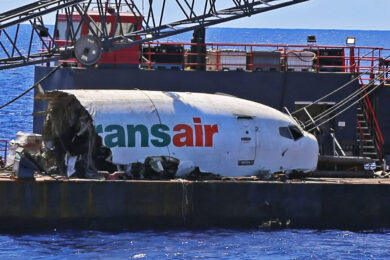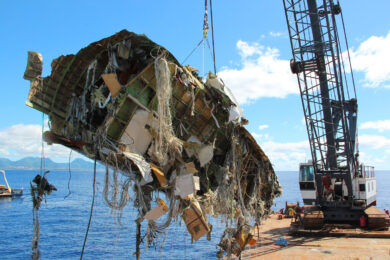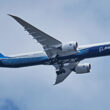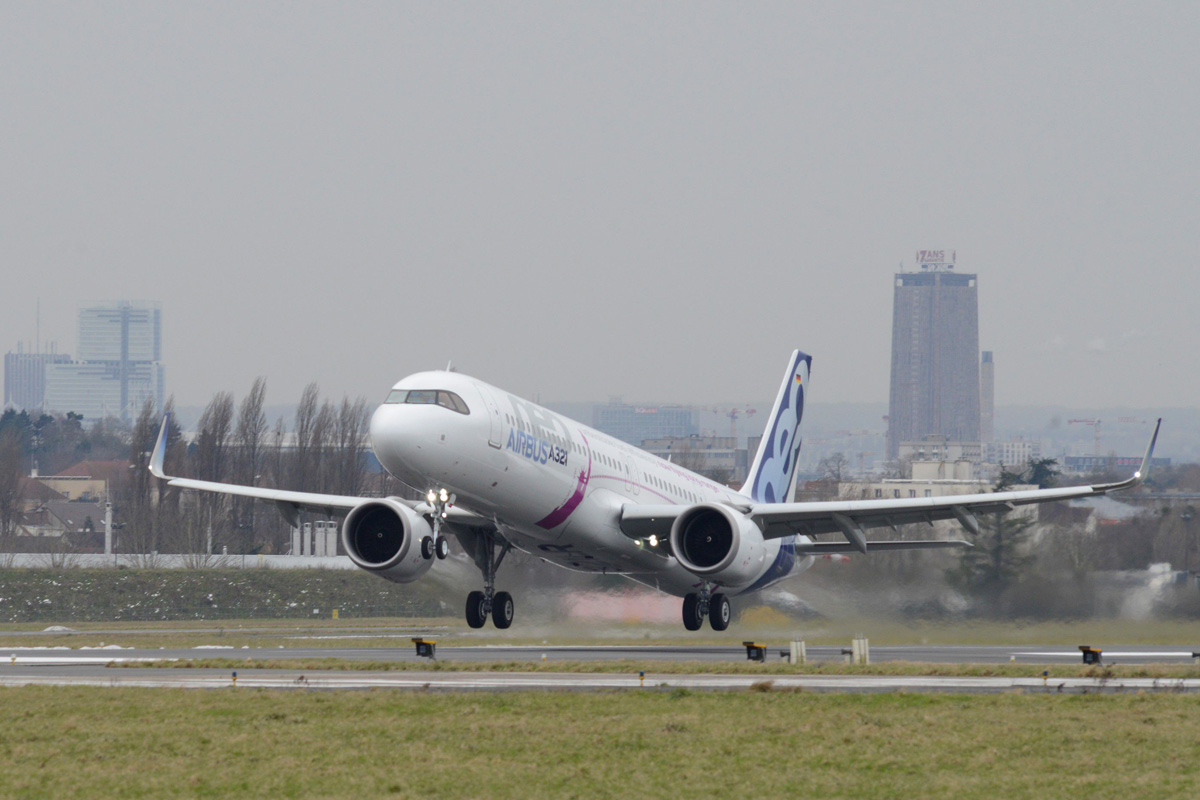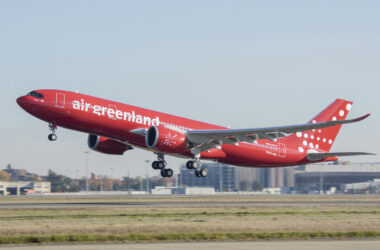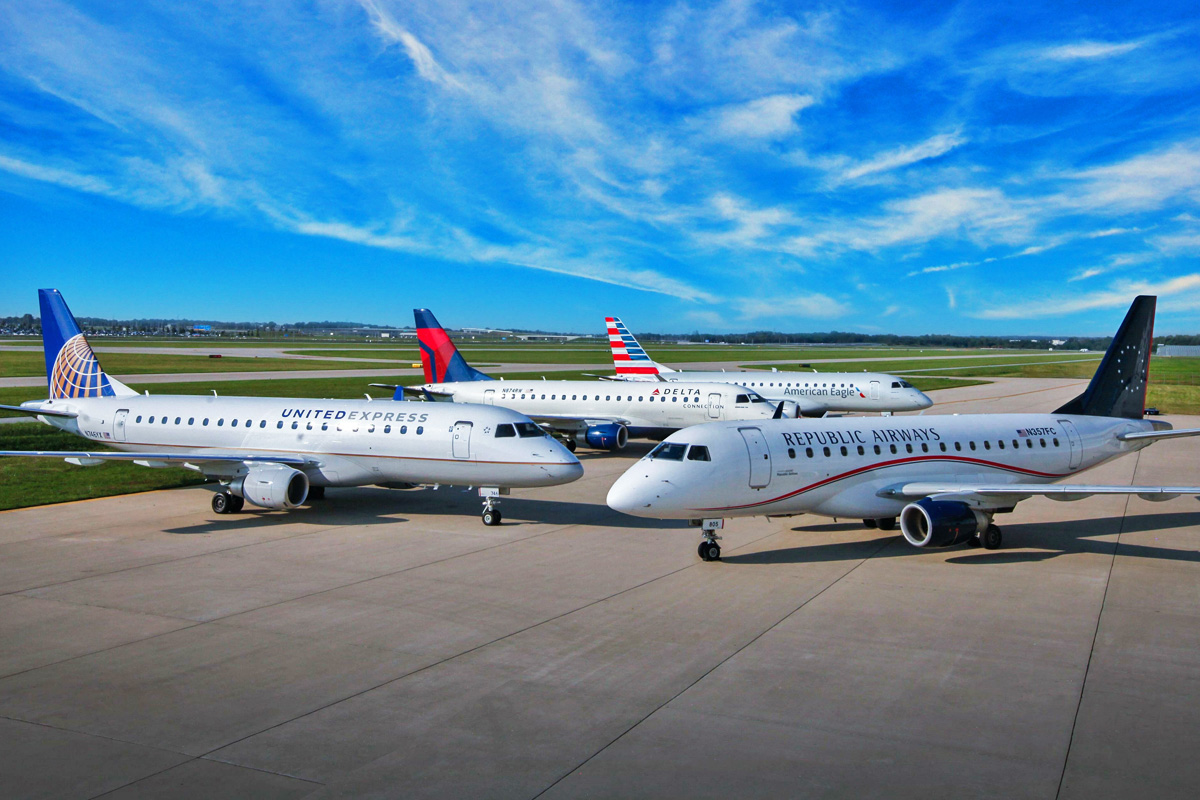The National Transportation Safety Board (NTSB) was able to rescue most of the wreckage of the Boeing 737-200 freighter belonging to the TransAir company that sank after an emergency landing at sea off the coast of Hawaii.
The accident happened on July 2 shortly after takeoff from Daniel K. Inouye International Airport, Honolulu. Both engines stopped working and the crew was forced to make a water landing. Fortunately, the two pilots managed to escape before the aircraft sank to about 350 feet deep.
The two recorders remained aboard the jet, prompting the NTSB to attempt a rescue operation in order to understand what caused the crashes. Although the 737-200 is a commercial jet with a significantly reduced active fleet, identifying the causes of the accident can help to avoid new problems.
The rescue operation began on October 12th and featured the Bold Horizon vessel, a remotely operated submarine vehicle and underwater recovery equipment. The NTSB also used a barge, the Salta Verde, to lift the two fuselage sections and transport them to the coast at Honolulu.
The first parts of the plane, such as the front landing gear and the two engines, were removed on the 17th. Three days later, the team brought up the front part of the jet, which had split in the crash.
It wasn’t until Saturday, October 30, that the team managed to get the rest of the plane out from under the sea and bring it ashore the next day. The rear section of the 737 was the most difficult to rescue, according to the NTSB.
The flight data recorder and cockpit voice recorder will be taken to the NTSB laboratory in Washington to be cleaned and then have the recordings extracted. The fuselage sections will remain in Hawaii where they will be analyzed by investigators while the engines will be dismantled and inspected.
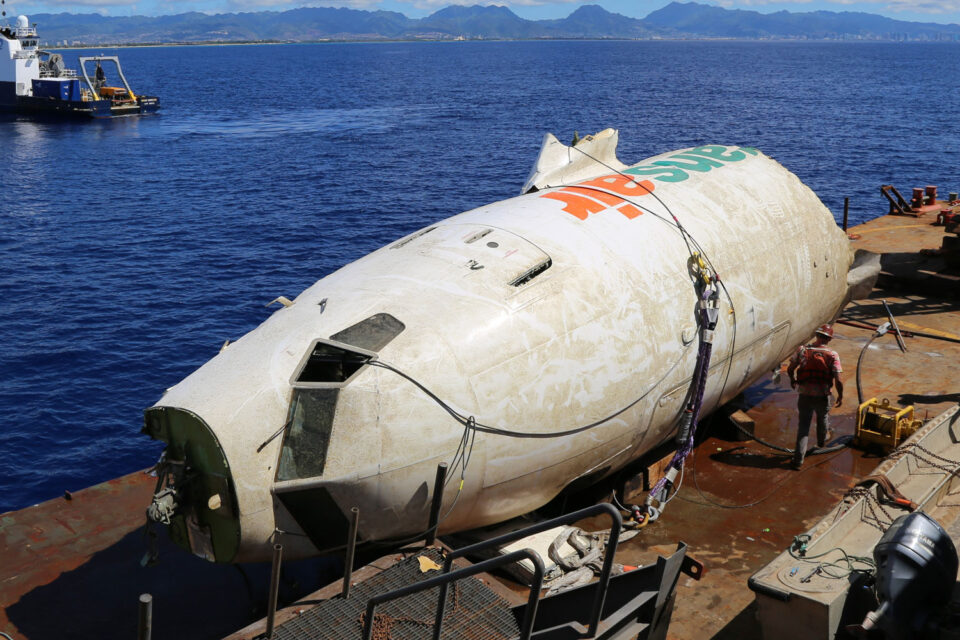
The NTSB expects to complete the investigation within 12 to 24 months.


